What you need to know about water borehole drilling
When you have the knowledge of borehole drilling you will stand a better chance of understanding certain tricks being played by quack borehole contractors in other to cheat clients out of their money and the essence of this write up is for you to avoid such tricks in order to cut down borehole drilling cost and ensure good quality borehole. The quacks will always tell you such things like, “Sir water is very far down from here, we need to drill up to 120 ft before we can get good water. The truth is that they want to play tricks with you and at the same time ready to compromise project materials quality to give you a substandard borehole job.
It is important for the client to be aware that there are two types of water borehole, depending on your water needs and affordability. We have Private shallow borehole and community or industrial deep borehole. Each one of these borehole types is designed to serve a particular purpose of usage. Private borehole is for few individuals or domestic use. While community or industrial borehole are for large residential areas, hotels and high rise buildings, production factories, bottle or pure water processing factories, community water schemes etc. This borehole type is the most reliable in terms of production capacity and resistance to contaminants infiltration. The aquifer is confined and deeply located. The deep borehole is the most expensive of all the borehole types, because of the depth and the nature of materials involved in the drilling operations.
Before I go on, I advice every prospective client to entrust a geologist experienced in water borehole drilling with his water project. In carrying out a drilling project, you need to have the basic knowledge of Geology or underground earth drilling location.
BASIC GEOLOGY:
Geology is the study of the earth. It describes the origins and formation of the rock types under the surface of the earth. The original material or “basement rock” of the earth are the hard rocks such as granite and volcanic formations, formed when molten material cooled beneath or at the surface of the earth. These are known as the igneous rocks (“made by fire”). It is from these rocks that sedimentary layers have been formed.
Sedimentary layers are formed by the weathering, transport (by wind or rivers) and deposition (sediment) of particles broken down from rocks. Those particles can range in size from extremely fine (clay particles) through silt-sized to the larger sand and gravel particles. Sedimentary layers may be unconsolidated (loose such as clay and sand) or consolidated (cemented together) to form harder rocks such as sandstone and lime stones. For example the clay particles of the clay layer that you have encountered during drilling may have arrived from somewhere else. The clay particles were formed by the weathering of rocks. Then they may have been eroded and transported to your drilling location by a river or the sea. Finally the clay particles were deposited (sediment, settled down) in still water, for example a lake.
In the same way a sand or gravel layer could have been deposited. The sand and gravel particles may have been transported by a river and were deposited along the river bed. Although now there may not be a river or a lake present, the deposition of particles could have happened thousands or even millions of years ago. Another way to transport particles is by wind. Particles can be blown to another location by the wind.
When a mixture of sand and fine particles has been compacted by pressure, created by the weight of layers on top of it and cemented by minerals present in the mixture, sandstone is created. Sandstone is hard and may look like solid stone, but is in fact consolidated sediment and may be difficult to drill through.
Other factors to be taken into consideration when drilling water borehole are underground water contaminants, depth of the fresh water aquifer, productivity of the well, septic contamination, salinity of underground water etc. At this point, a geophysical survey is highly recommended. But if the ground water condition is well known, Geophysical survey should be avoided.
Geophysical survey is a scientific method of acquiring geological and hydro-geological information of the earth. The interpreted data assist both the client and the Geologist in good decision making in the course of drilling the water borehole.
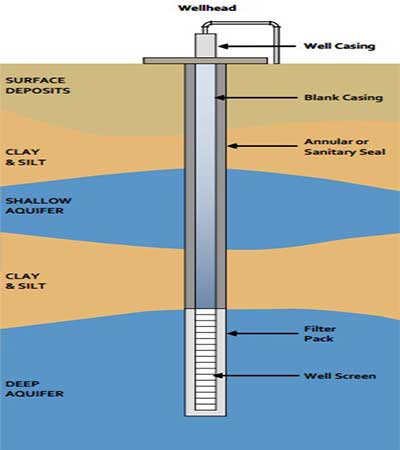
HOW DEEP SHOULD BE YOUR WATER BOREHOLE?
“How deep will the well be?” is a common question before drilling a well. If the driller has drilled several wells in the nearby area, he may be able to estimate the approximate depth where water will be encountered. However, the depth needed to find the required water yield can be determined accurately prior to drilling by Geophysical VES survey. A well is hole in the ground through which ground water can be brought to the surface. Drilling Rig can drill to great depths, deeper wells usually cost more than a shallow well to construct in the short-run. However, not drilling deep enough can result in later problems that will be much more expensive to fix.
LISTED BELOW ARE SOME OF THE FACTORS THAT MAY INFLUENCE DECISIONS ABOUT THE DEPTH OF A WATER WELL
• SEASONAL RISE AND FALL OF THE WATER TABLE
During the year, the water table will fluctuate in the well in response to seasonal precipitation in the area and local ground water use. The well must therefore be drilled deeper than the lowest expected elevation of the water table. Water level fluctuations may occur over several years if there have been drought conditions. Knowing the lower limit of the range of water levels over several years therefore can be helpful.
• SURFACE CONTAMINATION RISKS
Deeper wells that are properly constructed (including grout, gravel pack, casing and well head) usually provide guaranteed protection from bacterial contamination sources originating at the surface. Increasing the well depth and the length of well casing will result in a longer flow path of water from recharge at the surface to pumping from the well. The longer the length of time water is in the subsurface, the more opportunity there is for bacteria to die-off or be trapped by soil and rock.
• POOR QUALITY WATER ZONES
In some areas of the country with multiple aquifers, there may be zones of poor water that should be avoided or “cased off” so this lower quality water does not adversely impact the well.
• LOW YIELDING ROCK FORMATIONS
In low yielding rock formations the well may have to be drilled deep enough to serve as a storage cavity for ground water. Once a well is drilled, the total depth, depth to the top of the ground water table (static level) and diameter of the well will determine the quantity of water stored within the well cavity. The deeper the well and larger the well diameter the more water will be stored for a given well depth and water table elevation.
Talk to us for your upcoming project in Water Borehole Drilling
Geodata Evaluation & Drilling LTD. offers water borehole drilling services. Let us handle the project for you. contact us at www.geodatadrilling.com Phone: +234 8037055441
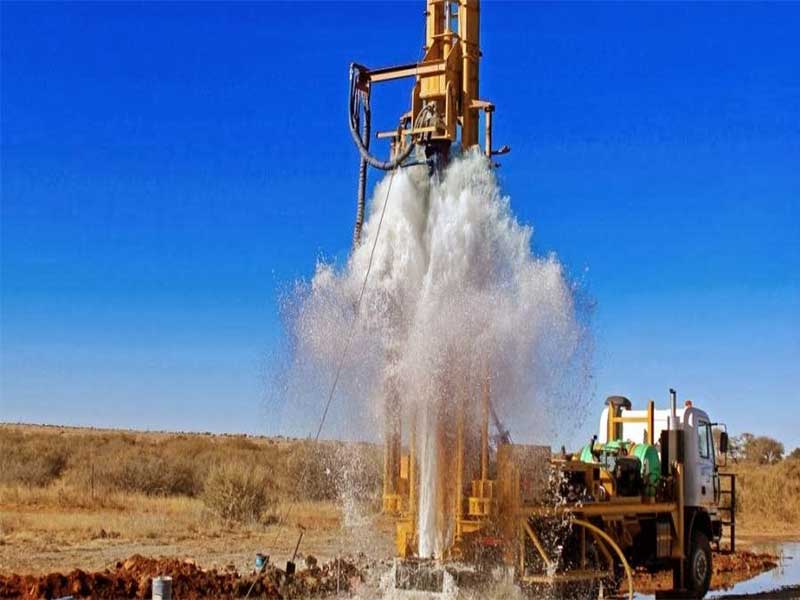
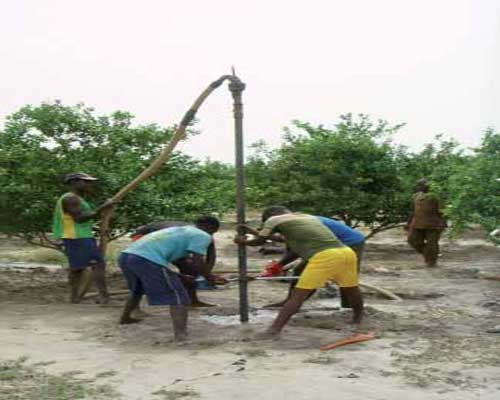
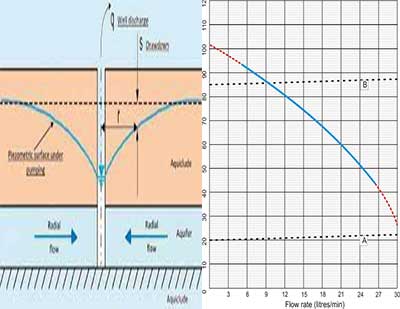
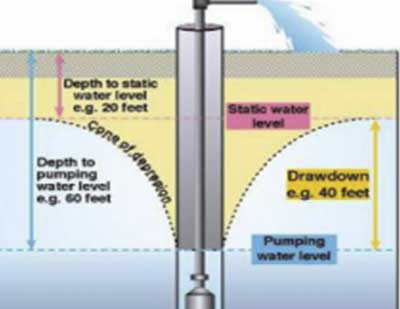
Thanks for explaining how sandstone is made and why it is difficult to drill into. I’m interested in getting a well drilling service soon but I am a bit worried that the ground in my property might be too tough. Maybe I should consult an expert first to know if there is a lot of sandstone under the dirt in my property.
It is advisable to carry out geophysical survey (VES) if the ground water condition is not well known. VES (Vertical electric sounding) is a scientific method of acquiring geological (lithology: sand, sandstone or claystone) and hydro-geological information of the earth. The interpreted data assist in good decision making (regarding the type of rig to use in drilling and depth to fresh water aquifer). You can consult an expert in this field to help you out.
It’s good to know how drilling companies should really avoid areas that have poor water quality so it doesn’t affect future usage of water well. If you have this structure on your farm, I would understand how you’d expect it to function for a long time. So it’s important to look for companies that find a sustainable source before drilling.
It’s interesting to know what could affect our water well’s depth and how to know which is the right height for us. I have an uncle who decided to build a livestock farm from scratch, so he already has the land and is planning to install a water well, and I think he’d benefit from reading your article first. Thanks for the tips on how some areas don’t have the right water quality for well drilling.